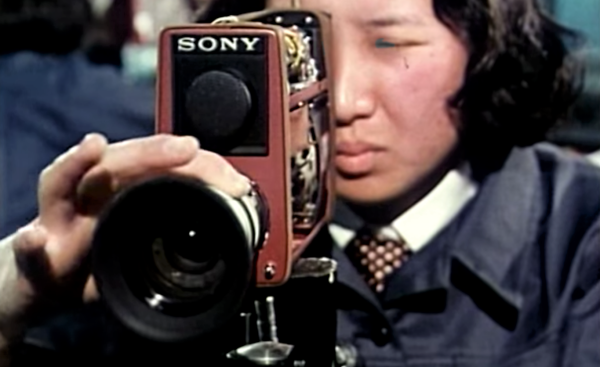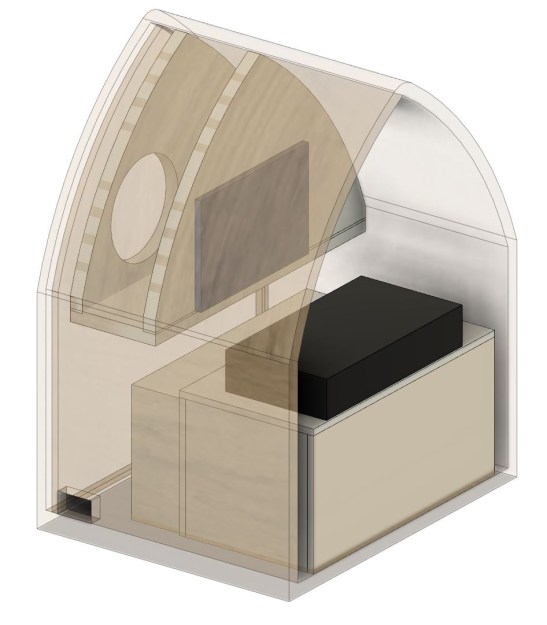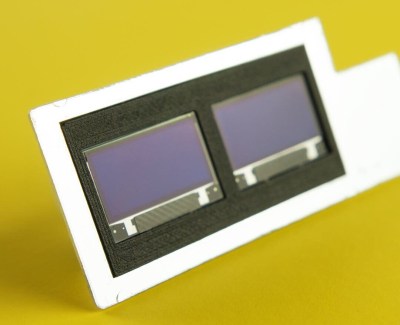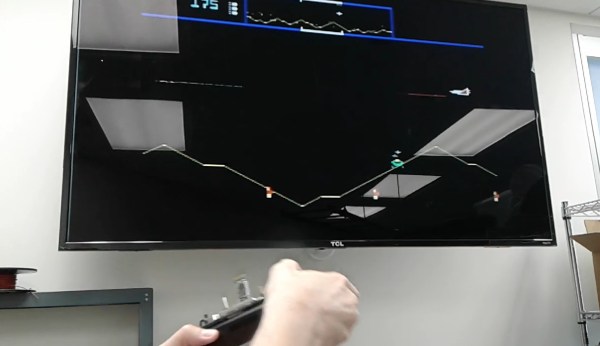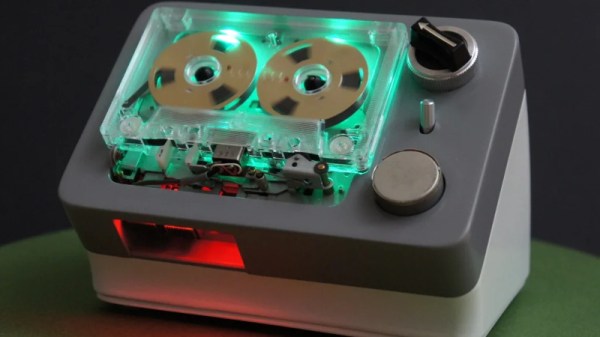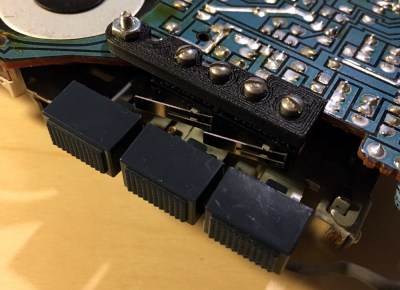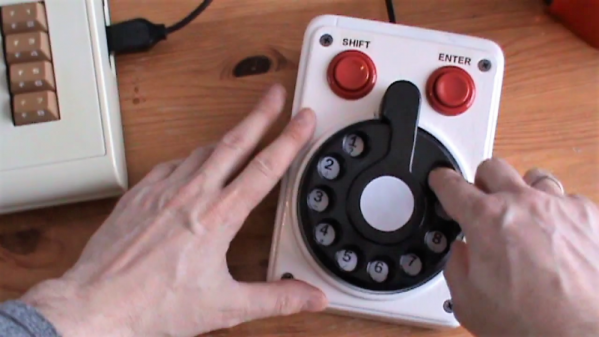The 1970s, it was a time when cameras needed film, phones had cords, and televisions masqueraded as furniture. A time where hi-fi systems were judged by the volume knob feel, and thanks to YouTube user [nefesh22] we have a behind-the-scenes glimpse of what the era was like from the Sony corporate perspective in this mini documentary of the company’s history below. The film was originally created for internal use at Sony’s US manufacturing facilities in San Diego, however, now it now can be watched by anyone with an internet connection.
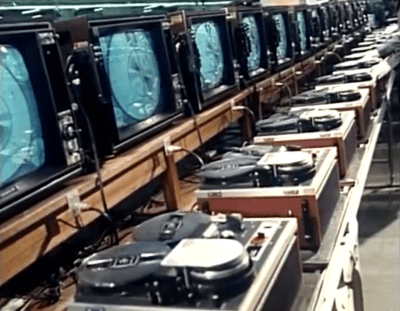
Sony’s corporate ethos of allowing its engineers to drive business innovation is on full display here. For instance how in 1950 Sony introduced the first magnetic tape recorder, the G-Type, in Japan and followed that up with the first portable television, the TV8-301, a decade later. Throughout the 1970s Sony became an innovator in the video space. In fact, the Sony Trinitron brand of color TVs garnered so much notoriety in the television industry that the company was awarded an Emmy in 1973. Though the most telling feature is the documentary’s focus on the 3/4-inch U-Matic videocassette format, a precursor to VHS and Sony’s own Betamax videotapes. Highlighting the “superiority” of those VTR systems of the day really does date the film as those hulking decks failed to penetrate the market beyond early adopters and media companies.
It’s interesting to see how hands-on quality assurance testing used to be. Whether it’s glancing at NPN transistors under a microscope, dialing in the focus on a Super 8 camera, or a quick wave of the degaussing wand before a tube leaves the line, each of the QA tasks were carried out by individual employees rather than the automated methods of today. On an unrelated note, the brief overview of the Sony’s on-site “fiefdom” for its young workforce is a reminder that some ideas may be better left in the past… Google’s Mountain View campus anyone? If anything is to be gleaned from this retrotechtacular retrospective is that we could all use a little more wood-grain in our electronics these days.
Continue reading “Retrotechtacular: History Of Sony Mini Doc Bursts With 1970s Style”

